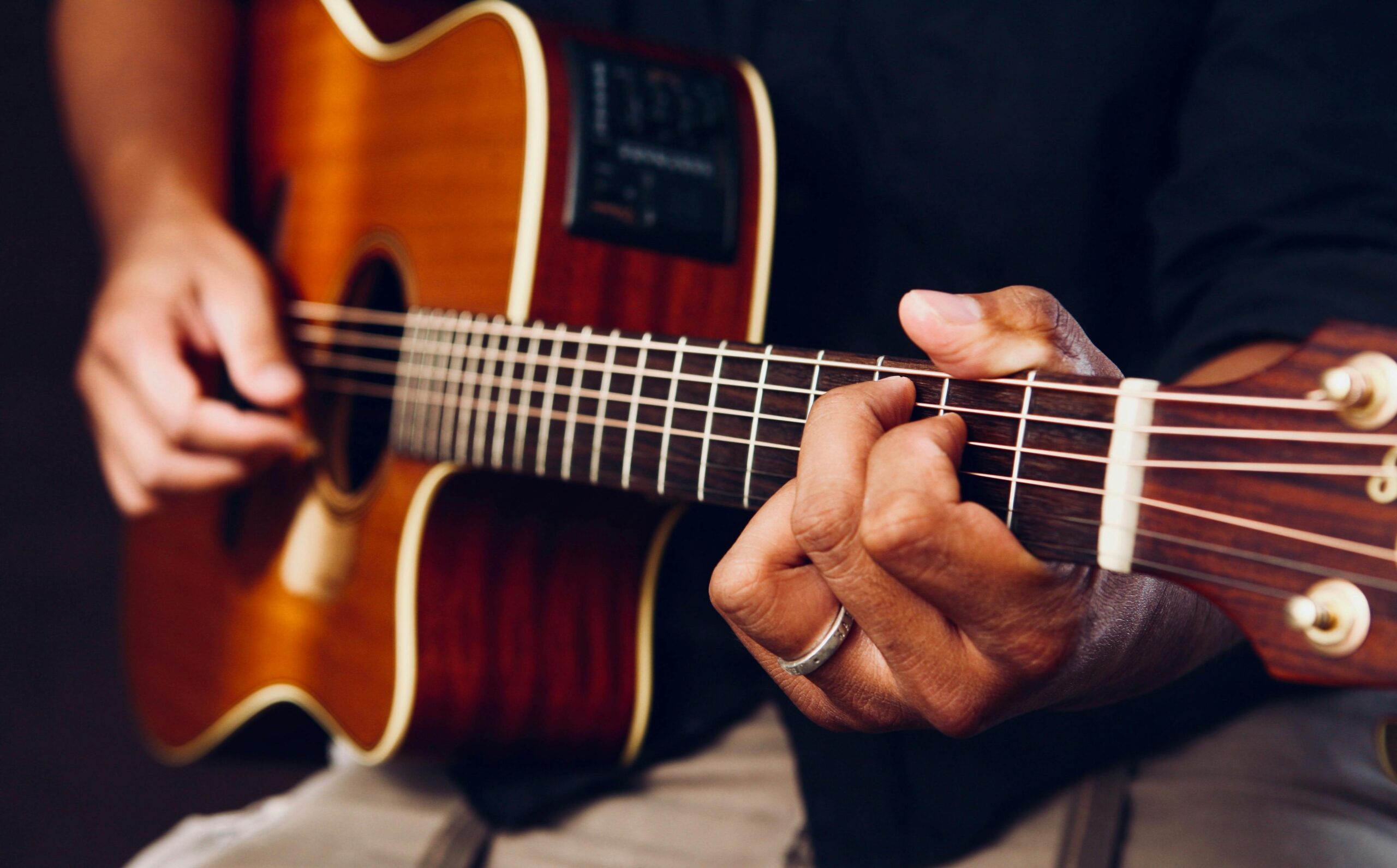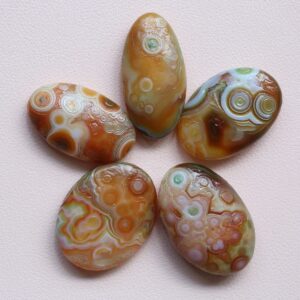Bass Guitar: Mastering Tone, Technique, and Performance
The bass guitar is the heartbeat of modern music, bridging the rhythmic foundation with harmonic depth. Whether in jazz, rock, funk, or pop, this instrument plays a pivotal role in shaping the overall sound and feel of a song. In this comprehensive guide, we explore everything you need to know about bass guitars — from their history and construction to techniques and maintenance — ensuring that both beginners and seasoned musicians can achieve professional results.
History and Evolution of the Bass Guitar
The bass guitar, as we know it today, was first popularized in the 1950s by Leo Fender’s Precision Bass (P-Bass). Prior to this, upright double basses dominated the low-frequency range in orchestras and jazz bands. The shift to an electric bass revolutionized music by offering portability, higher volume, and greater tonal flexibility. Over the decades, bass guitars evolved with technological advancements, introducing active electronics, 5- and 6-string models, and ergonomic designs for modern playing styles.
Types of Bass Guitars
1. Electric Bass
The most common choice for modern players, the electric bass uses magnetic pickups to convert string vibrations into an electrical signal. It’s versatile, available in various scale lengths, and ideal for genres ranging from metal to R&B.
2. Acoustic Bass
Designed for unplugged sessions, the acoustic bass guitar features a hollow body that amplifies sound acoustically. While quieter than an electric, it delivers a warm, organic tone perfect for folk and unplugged sets.
3. Fretless Bass
Fretless basses offer a smoother, gliding feel and a warm, singing tone often favored in jazz and fusion. Without frets, the player can achieve microtonal nuances and expressive vibrato.
4. Extended Range Bass (5 & 6 Strings)
These instruments expand the tonal range, adding a low B string for deeper notes or a high C string for soloing and chord work. They’re popular among progressive rock and fusion players.
Bass Guitar Components and Construction
Understanding the parts of a bass guitar is essential for proper setup and tone control.
-
Body – Made from tonewoods such as alder, ash, or mahogany, influencing resonance and sustain.
-
Neck – Usually maple or mahogany, bolted or set into the body.
-
Fretboard – Often rosewood, maple, or ebony, determining feel and tonal brightness.
-
Pickups – Single-coil pickups produce bright tones, while humbuckers offer a thicker, punchier sound.
-
Bridge – Controls string vibration transfer to the body; high-mass bridges enhance sustain.
-
Tuners – Keep the bass in tune and affect tuning stability.
Choosing the Right Bass Guitar
Selecting the right bass depends on your playing style, genre, and budget. For beginners, a 4-string electric bass with a comfortable neck profile is recommended. Professional players may prefer custom-made instruments with active electronics for advanced tone shaping. Considerations include:
-
Scale Length – Short scale (30″) for smaller hands, standard scale (34″) for versatility, and extra-long scale (35″+) for deeper tones.
-
Pickup Configuration – P-style, J-style (Jazz Bass), or mixed configurations for tonal variety.
-
Weight and Ergonomics – Important for long gigs or studio sessions.
Essential Bass Guitar Playing Techniques
1. Fingerstyle
Using the index and middle fingers to pluck strings produces a warm, rounded tone. Ideal for most genres, it offers dynamic control and articulation.
2. Slap and Pop
A funk staple, slap bass involves striking the string with the thumb and popping it with the fingers, producing a percussive, bright tone.
3. Pick Playing
Using a guitar pick creates a sharper attack and more consistent tone, favored in punk, rock, and metal.
4. Tapping
Advanced players use both hands to tap the fretboard, allowing rapid note sequences and harmonic effects.
5. Palm Muting
Resting the palm lightly on the strings near the bridge while plucking produces a muted, percussive sound.
Amplification and Effects for Bass Guitar
The right amplifier and effects can transform your tone.
-
Bass Amplifiers – Choose between combo amps (speaker + amp in one) or head and cabinet setups for larger venues.
-
EQ Settings – Boost low frequencies for warmth, cut mids for smoothness, or boost mids for punch.
-
Effects Pedals – Popular choices include overdrive, chorus, compression, octave, and envelope filters for funk tones.
Maintaining and Caring for Your Bass Guitar
To keep your bass in top condition:
-
Clean strings regularly to prevent grime buildup.
-
Adjust the truss rod for optimal neck relief.
-
Set intonation to ensure accurate tuning across the fretboard.
-
Store properly in a case to avoid humidity damage.
-
Replace strings when they lose brightness or sustain.
The Role of the Bass in a Band
The bass serves as the glue between the drums and melodic musical instruments. A skilled bassist locks in with the drummer’s kick patterns, providing rhythmic drive while also outlining chord progressions. This makes the bass both a rhythmic and harmonic instrument, essential for creating groove and cohesion.
Famous Bassists Who Shaped Modern Music
-
Jaco Pastorius – Known for his fretless mastery and melodic soloing.
-
Flea (Red Hot Chili Peppers) – A pioneer of slap bass in rock.
-
Paul McCartney – Melodic lines that redefined bass in pop music.
-
Victor Wooten – Technical virtuosity and innovative techniques.
Tips for Becoming a Better Bassist
-
Practice with a metronome to develop timing and groove.
-
Listen actively to bass lines in your favorite songs.
-
Experiment with dynamics to add emotion and depth.
-
Learn music theory to understand scales, chord tones, and modes.
-
Record yourself to identify areas for improvement.
Conclusion
Mastering the bass guitar is a journey that combines technical skill, musical knowledge, and creative expression. Whether you play fingerstyle jazz or aggressive metal, the bass remains the pulse of music, shaping both rhythm and harmony. With the right instrument, dedicated practice, and an ear for groove, you can become an indispensable part of any band or musical project.













